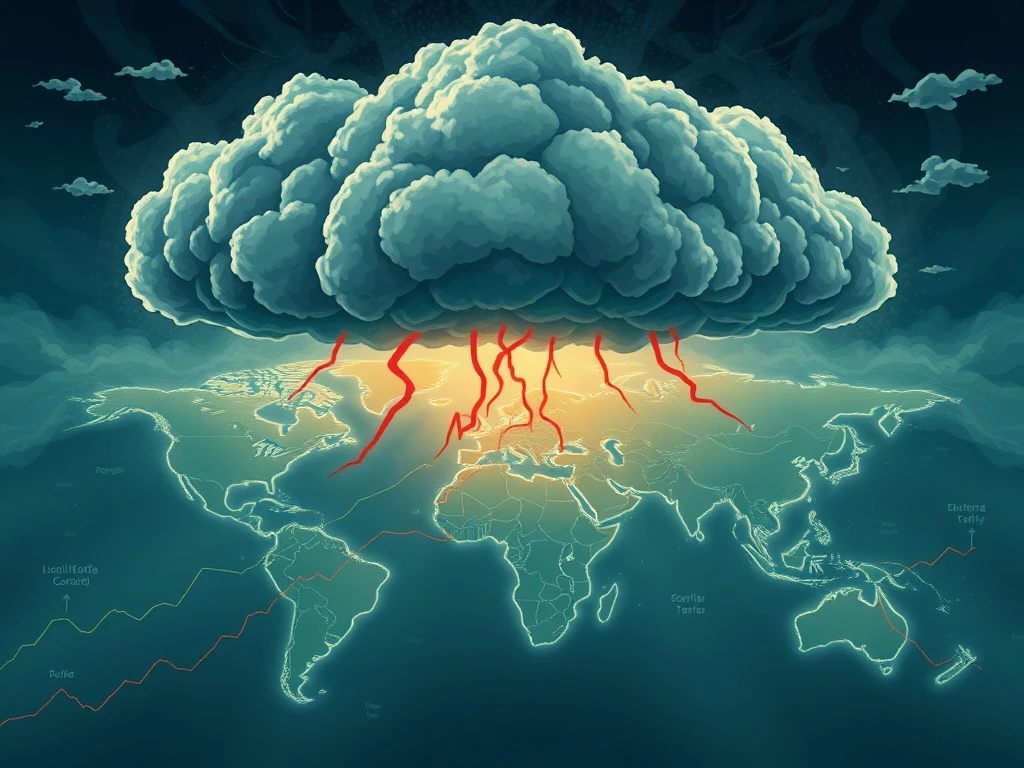Trump’s Global Tariffs: A High-Stakes Gamble Shaking Markets and Trade Alliances

Trump’s global tariffs have unleashed a storm of uncertainty across markets, reshaping trade alliances and investor strategies. With tariffs hitting 67 countries, the ripple effects are undeniable—here’s what you need to know.
How Trump’s Tariffs Are Redefining Global Trade
The Trump administration’s aggressive tariff regime, ranging from 10% to 40%, targets imports from over 67 nations. This isn’t just about trade—it’s a geopolitical power play with far-reaching consequences:
- Retaliation Escalates: China, the EU, and Canada have imposed $330B in counter-tariffs.
- Legal Battles: Courts ruled the tariffs illegal under IEEPA, adding to market uncertainty.
- BRICS Shift: The EU is pivoting toward BRICS nations, weakening traditional alliances.
Winners and Losers in a Tariff-Driven Market
The tariffs have created stark divides:
| Sector | Impact | Key Players |
|---|---|---|
| Steel & Aluminum | 50% tariffs boost Nucor (NUE) and Cleveland-Cliffs (CLF) | +22% earnings for NUE |
| Logistics | AI-driven route optimization saves costs | J.B. Hunt (JBT) up 18% YTD |
| Agriculture | China’s 125% soybean tariffs crush exports | Tyson Foods under pressure |
Investment Strategies for a Volatile Trade War
Navigating this landscape requires a balanced approach:
- Overweight: Steel, logistics, and advanced manufacturing (AMD, INTC).
- Underweight: Consumer electronics and agriculture exposed to China/EU.
- Hedge: Gold and Treasuries for risk management.
FAQs: Trump’s Tariffs and Market Impact
1. Will these tariffs trigger a global recession?
J.P. Morgan estimates a 40% chance, up from 30% earlier this year.
2. Which sectors benefit most from the tariffs?
Steel, aluminum, and U.S.-centric manufacturing see immediate gains.
3. How are logistics companies adapting?
Firms like J.B. Hunt use AI to manage supply chain chaos.
4. What’s the long-term outlook?
Fragmentation is likely, with winners in resilient tech and domestic production.








